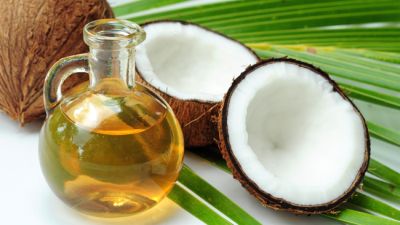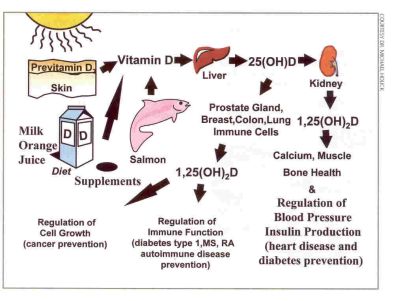Like most weight loss plans, achieving results requires dedication and commitment. Proven in clinical trials, this product safely accelerates results obtained when combined with a healthy weight loss diet and exercise regimen.
 It’s not all about looking good. Roll your eyes if you must: everybody’s beautiful in some way. But visceral fat—fat inside the abdomen—is little more than a time bomb wrapped around a belly.Visceral obesity results in fatty acids accumulation in the pancreas, heart, liver, and other organs. This prevents proper organ function, causes improper insulin regulation, and even leads to heart attacks. But don’t stress; if you want to know how to lose visceral fat, try these 4 simple and natural weight loss tips.
It’s not all about looking good. Roll your eyes if you must: everybody’s beautiful in some way. But visceral fat—fat inside the abdomen—is little more than a time bomb wrapped around a belly.Visceral obesity results in fatty acids accumulation in the pancreas, heart, liver, and other organs. This prevents proper organ function, causes improper insulin regulation, and even leads to heart attacks. But don’t stress; if you want to know how to lose visceral fat, try these 4 simple and natural weight loss tips.
How to Lose Visceral Fat – 4 Proven Natural Weight Loss Tips
1. Use Coconut Oil
Although coconut oil got a bad rap in the ‘70s for having high saturated fat content, human studies have shown that coconut oil helps reduce abdominal fat. In one instance, one group of women received 2 tablespoons of coconut oil daily for 12 weeks while the other received none. The group with coconut oil lost some girth and showed a healthy rise in “good” HDL cholesterol levels. As an added bonus, having coconut oil available can also allow you to experience oil pulling benefits.
Replace other cooking oils with coconut oil; it takes like butter (I promise) in baked goods and is mouth-watering in any stir-fry dish. Continue reading

 NaturalNews ~ The importance of vitamin D is well known. As far back as the 1930s, doctors first recognized the link between a vitamin D deficiency and the skeletal disease called rickets. Rickets causes a softening of the bones and teeth. Even if someone’s diet has adequate levels of calcium, without enough vitamin D to properly control calcium and phosphate levels in the blood stream, demineralization of the bones can take place. The symptoms of rickets include bowed legs, bone pain, dental problems, a widening of the wrists, frequent bone fractures and skull deformities.
NaturalNews ~ The importance of vitamin D is well known. As far back as the 1930s, doctors first recognized the link between a vitamin D deficiency and the skeletal disease called rickets. Rickets causes a softening of the bones and teeth. Even if someone’s diet has adequate levels of calcium, without enough vitamin D to properly control calcium and phosphate levels in the blood stream, demineralization of the bones can take place. The symptoms of rickets include bowed legs, bone pain, dental problems, a widening of the wrists, frequent bone fractures and skull deformities. We’ve all heard that we should take our vitamins, but did you know that combining certain nutrients helps the body to absorb them more readily, and can even boost their efficacy over taking the vitamin or mineral alone? Consuming vitamins together creates a synergistic effect in the body.
We’ve all heard that we should take our vitamins, but did you know that combining certain nutrients helps the body to absorb them more readily, and can even boost their efficacy over taking the vitamin or mineral alone? Consuming vitamins together creates a synergistic effect in the body.